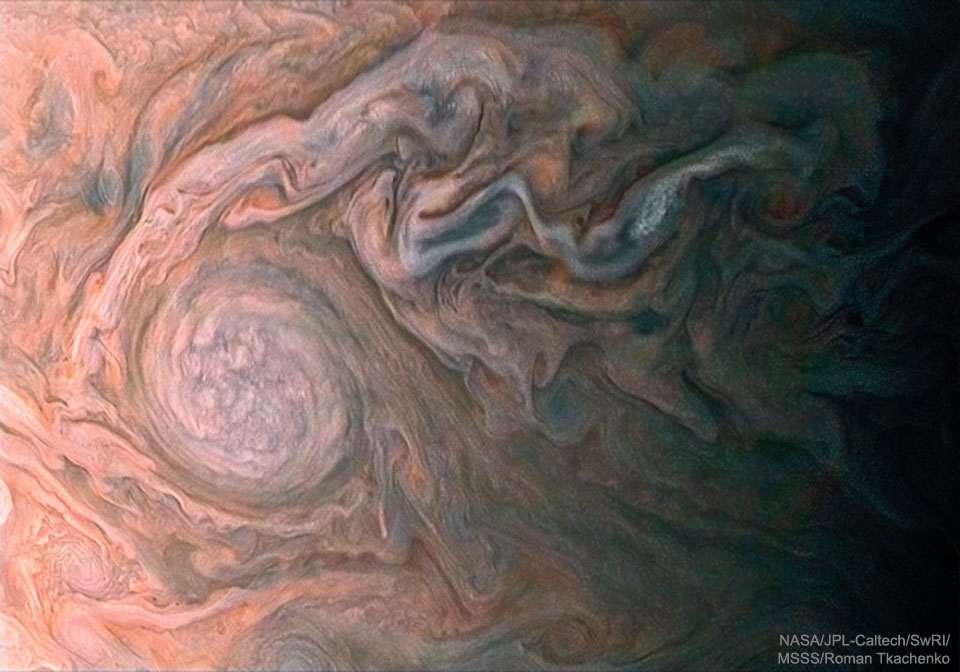The Versatile Space Telescope Imaging Spectrograph (STIS) Opens New Vistas in Astronomy
Twenty years ago, astronauts on the second servicing mission to the Hubble Space Telescope installed the Space Telescope Imaging Spectrograph (STIS) aboard Hubble. This pioneering instrument combines a camera with a spectrograph, which provides a "fingerprint" of a celestial object's temperature, chemical composition, density, and motion. STIS also reveals changes in the evolving universe and leads the way in the field of high-contrast imaging. The versatile instrument is sensitive to a wide range of wavelengths of light, from ultraviolet through the optical and into the near-infrared. From studying black holes, monster stars, and the intergalactic medium, to analyzing the atmospheres of worlds around other stars, STIS continues its epic mission to explore the universe.
via Hubble - News feed
http://hubblesite.org/news_release/news/2017-06
